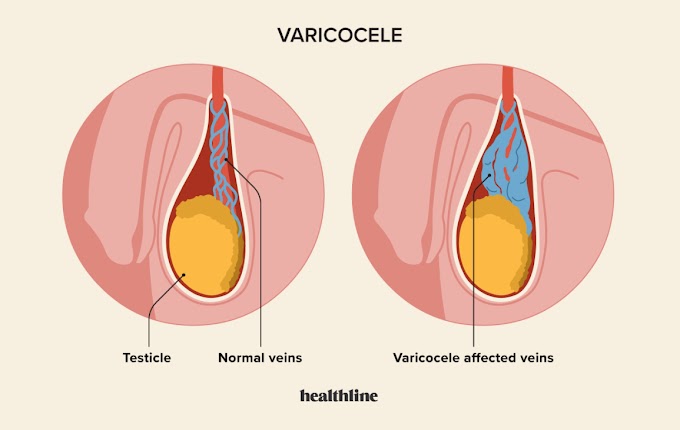Fibroid are muscular tumours that grow in the wall of the womb. They can grow as a single tumour or can be more than one in the uterus. The size of the tumour varies from person to person. It can be as small as an apple seed while it can be big as a grapefruit. Moreover, it can be even larger than a grapefruit in some cases.
Fibroid - most common in women
Fibroid can be basically seen in the women of age more than 50. It is most common at the age of 40 to early 50s. Women usually do not experience any symptoms of fibroids in them. And those who have symptoms hardly live some years after diagnosis. It results in unbearable pain and heavy menstrual bleeding. On being getting very large, fibroid enlarges the abdomen and thus make a woman look pregnant.
Risk factors
There are some factors that can increase the risk of fibroids in a person. These risk factors include:
- Age
- Family history (genetic)
- Origin
- Obesity / overweight
- Eating habits
Symptoms
- Although there are no accurate symptoms of fibroid, yet some women face issues like:
- Heavy bleeding and pain during menstruation
- Swelling in the lower stomach area (pelvic area)
- Enlargement of the lower abdomen (stomach)
- Frequent urination
- Back pain
- Pain during sex (intercourse)
- Complications during pregnancy and labour
- Issues such as infertility and other reproductive problems
Causes
Till now, no one knows the main cause for fibroid. Researchers consider this as a result of hormonal issues and genetical issues. It might also be related to estrogen levels. During pregnancy, the level of progesterone and estrogen is very high in a woman. This results in swelling of the fibroids and is more likely to develop if contraceptive pills are taken to control the birth of a child. These pills also contain estrogen and thus increase the level inside the body. While this risk reduces when a woman gives birth to a baby. Low level of estrogen can cause shrinkage of fibroids during and after menopause. Being overweight also play an equal role in the development of fibroid.
Apart from this, food habits also result in the occurrence of fibroids. These habits include red meat, alcohol, caffeine, etc. All these eating habits result in an increment of risk of fibroids while intake of fruits and vegetables might reduce this risk.
Diagnosis
As there are no specific symptoms for fibroids, it is diagnosed during a regular pelvic checkup. Following tests can help you to identify fibroid conditions if any.
- A doctor can go for an ultrasound
- An MRI test can identify the size and quantity of fibroids inside the body
- A hysteroscopy can help in identifying cancerous cells in the pelvic area
- Doctors also suggest laparoscopy to be performed
Treatment
Fibroids can be treated with the help of various methods. Though it is not necessary to treat the fibroids if they are not affecting the quality of life. But it may lead to problems like heavy bleeding, unbearable pain etc. Thus, it is a recommendation to get proper treatment after you diagnose Fibroids. For this, you can also visit Interventional radiologist in Jaipur and get the best advice.
To treat fibroids, you can go for simple medication, surgery (in case of advanced level), natural treatments and other methods as per doctor's prescription.





0 Comments